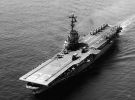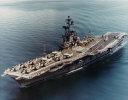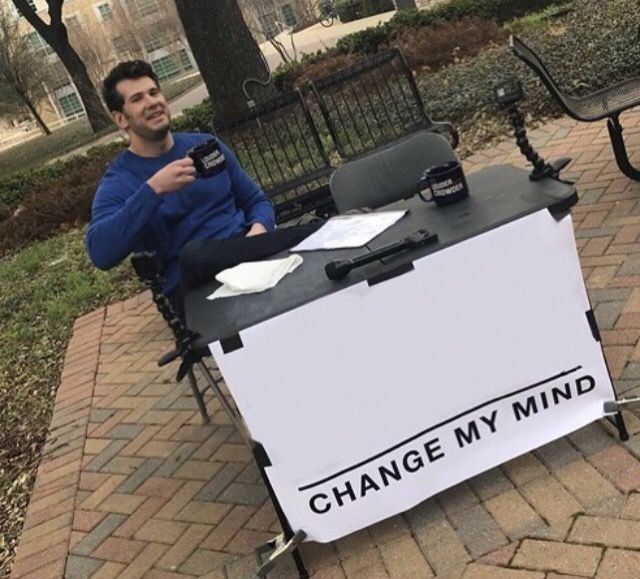My guess is twofold. One is that to increase the effectiveness of the Quad, would it be possible to operate F/A-18's (both the regular Super Hornet and the electronic warfare version) from the UK's
Queen Elizabeth class, Japan's
Izumo class and India's aircraft carriers?
Second, if the US takes significant combat damage in a naval war and multiple big decks are out of action, how do you maximize the potential of the new big, but straight deck, LHA's (
America, Tripoli and
Bougainville). Do you modify them to handle conventional aircraft and what does that mean? ski-ramp? catapult? angled deck? (Historically, several of the
Essex class and all of the
Midway class carriers - which are roughly the same size as the
America class - were converted to have catapults and angled decks.) My perception of the US shipbuilding industry is that most of it has been outsourced and we do not have the capability to surge and build multiple
Ford class carriers quickly in the event of battle losses thus having to optimize what you do have in the inventory.
I would be interested in hearing what the fast movers here have to say.
View attachment 32882
Straight deck
Essex class carrier
Lake Champlain.
View attachment 32883
Essex class carrier
Ticonderoga after conversion to an angled deck



